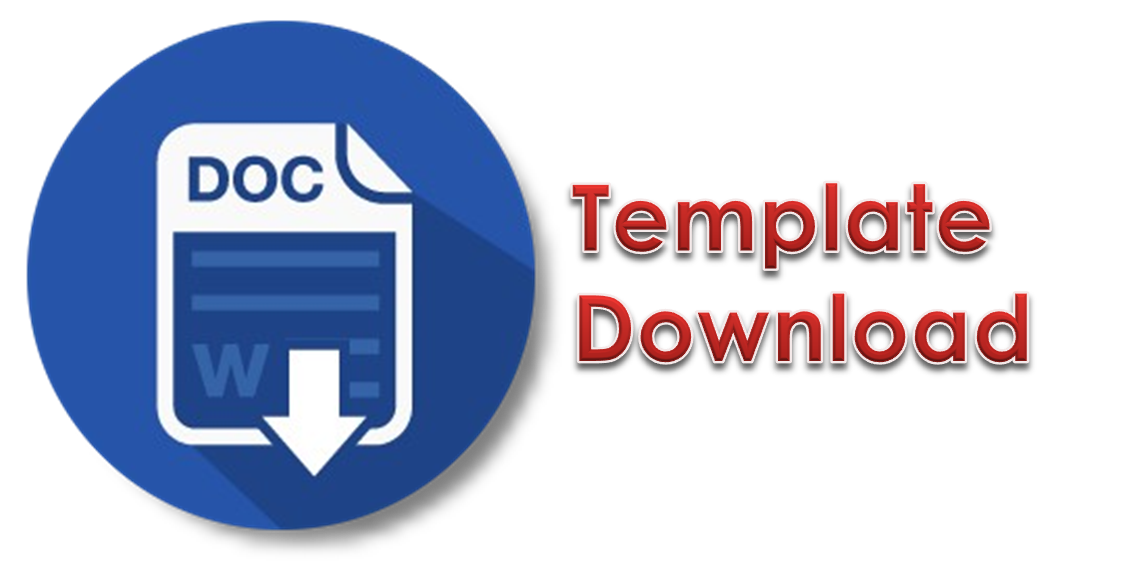Multidimensional Thinking Paradigm in Multicultural Education (Study of the Thought of Musa Asy'arie)
Abstract
The multidimensional educational paradigm departs from the understanding that human nature is multidimensional as material and spiritual beings, economic beings, political creatures, social beings, and also religious beings. Likewise, the problems faced in real life are multidimensional in nature including economic, social, cultural, legal, political and religious issues. To deal with these multidimensional humanitarian problems, undoubtedly requires a multidimensional thinking paradigm that is capable of providing multidimensional solutions. One of the application strategies for multidimensional thinking in the realm of education is to implement multicultural education. Therefore, this short article will discuss the multidimensional thinking paradigm of Musa Asy’arie's perspective in the field of multicultural education.
Paradigma pendidikan multidimensi berangkat dari pemahaman bahwa hakikat manusia multidimensi sebagai makhluk material dan spiritual, makhluk ekonomi, makhluk politik, makhluk sosial, dan juga makhluk religius. Begitu pula dengan permasalahan yang dihadapi dalam kehidupan nyata yang bersifat multidimensi antara lain masalah ekonomi, sosial, budaya, hukum, politik dan agama. Untuk mengatasi permasalahan kemanusiaan yang multidimensi tersebut, niscaya dibutuhkan paradigma berpikir multidimensi yang mampu memberikan solusi multidimensi. Salah satu strategi penerapan pemikiran multidimensi dalam ranah pendidikan adalah dengan melaksanakan pendidikan multikultural. Oleh karena itu, artikel singkat ini akan membahas paradigma berpikir multidimensi perspektif Musa Asy'arie dalam bidang pendidikan multikultural.
Downloads

This work is licensed under a Creative Commons Attribution 4.0 International License.
Authors who publish with this journal agree to the following terms:
- Authors retain copyright and grant the journal right of first publication with the work simultaneously licensed under a Creative Commons Attribution License that allows others to share the work with an acknowledgement of the work's authorship and initial publication in this journal.
- Authors are able to enter into separate, additional contractual arrangements for the non-exclusive distribution of the journal's published version of the work (e.g., post it to an institutional repository or publish it in a book), with an acknowledgement of its initial publication in this journal.
- Authors are permitted and encouraged to post their work online (e.g., in institutional repositories or on their website) prior to and during the submission process, as it can lead to productive exchanges, as well as earlier and greater citation of published work









